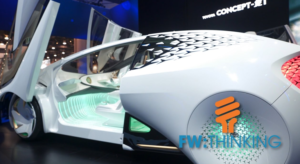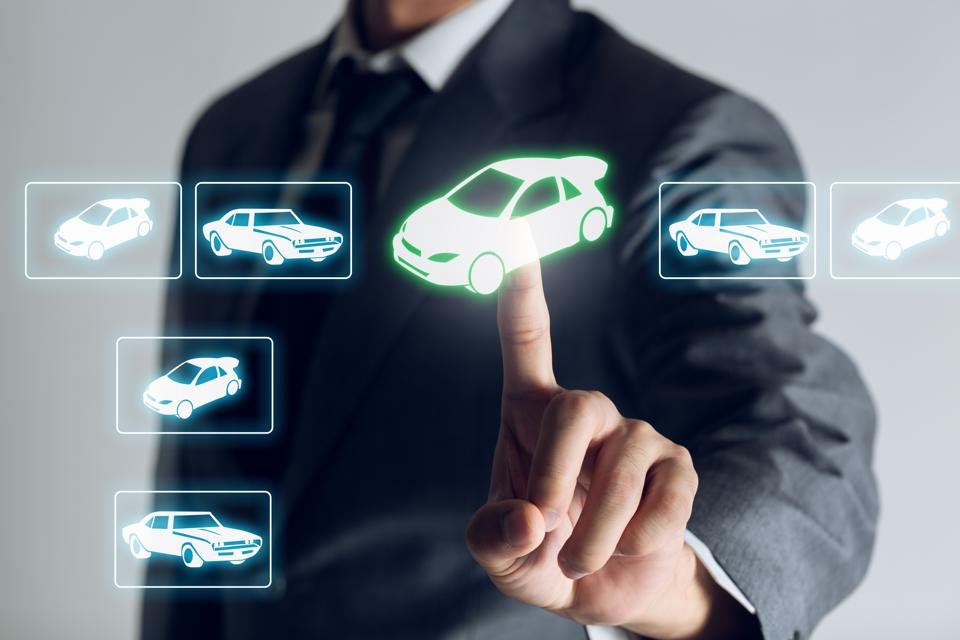
With a growing need for more safety on the roads, the use of AI in personal vehicles has become a reality. With a few more years of development, autonomous vehicles will likely become the norm. In the meantime, the next generation of drivers won’t have to worry about learning to drive. But what will be required to make such a change? Here are a few things you should know about AI and automotive applications.
As with other forms of AI, automakers must balance the benefits of automation with the risk of introducing AI into the vehicle. For example, automakers can use machine learning to predict when a car needs to be repaired and then order the appropriate services. Using predictive maintenance to ensure that car parts are ordered and installed at the right time can save time and money. However, it will also pose some risks for the safety of the driver.
While the goal of replacing the human at the wheel is still a lofty goal, many manufacturers are already breaking down the challenge into smaller pieces, taking incremental steps toward full autonomy. Startups have been working to solve the problem head-on, and some have even promised to have fully autonomous vehicles on the road by 2020. But the reality is far more complicated than that. The biggest hurdles in the path to autonomous vehicles lie in the challenges presented by AI.
Ultimately, replacing the human behind the steering wheel isn’t easy. The challenges are so great, that manufacturers are splitting the problem into smaller pieces. By adopting an agile strategy, they are better equipped to respond to challenges like the shortage of automotive chips, pandemics, or the threat from mobility challengers. And yet, the benefits are immense. In short, the technology of autonomous vehicles isn’t going to happen overnight. But it is possible. And automakers are already trying to get ahead of the technology.
The challenge in self-driving cars is enormous. The ability to replace the human behind the wheel is already a key goal for autonomous vehicles. But, the technology isn’t ready yet. The first step is ensuring that autonomous vehicles are safe, and that the AI systems in the car are able to function in all types of conditions. The system will need to be developed over the next few years and must learn more about the human being behind the wheel.
Automakers are already developing AI-powered systems that can improve the experience of passengers. Some of these systems use facial recognition to identify objects and emotions, while others utilize natural language generation and natural language processing. Other systems can be used to watch movies or listen to music. They can even help drivers order goods and services, like ordering food or gas. One such project is Audioburst, which will allow passengers to search for music libraries and listen to personalized news briefs.
The next step is to develop the technology that can replace the human at the wheel. While this is still a complex problem, it isn’t impossible to overcome. The technology will enable the cars to see the real-world environment and respond quickly. It will also make it easier for manufacturers to adapt to future crises. In the meantime, AI will continue to improve safety in the world of mobility. In the long run, AI in the cars will be a game changer.
By developing these systems, automakers are enhancing the passenger experience. Some systems will use face recognition and emotions to understand and react to passengers. Other systems will use natural language processing and generation to make it easier for drivers to order goods and services. Hyundai and Dentsu are investing $10 million in their Audioburst project. This system will allow passengers to access their music libraries and listen to personalized news briefs. But AI won’t solve all of these problems.
While replacing a human behind the wheel is not a small task, AI is a significant tool for automakers. Its capabilities will enable automakers to predict and prevent future problems, and improve customer service. Furthermore, AI will also improve the safety of vehicles. With AI, a human behind the wheel will no longer be necessary. The company will not have to worry about the risks. It will not be prone to accidents.








RECENT COMMENTS